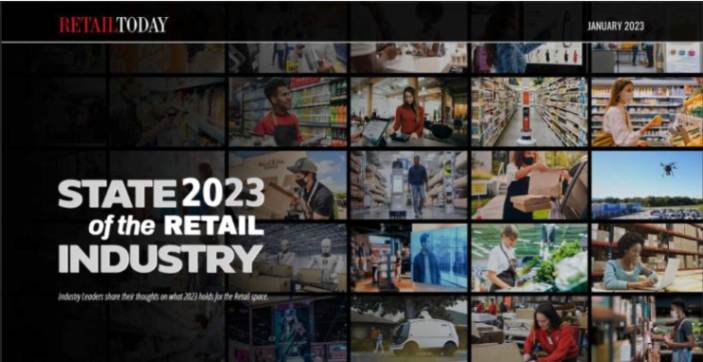
The supply chain has hit the headlines over the past few years, and while the disruption discussion has quieted recently with consumer demand levelling out and taking pressure off ports, calls for change continue. Many companies are seeking new manufacturers outside of China and retailers of all sizes continue to investigate alternate supplier solutions abroad.
But what does that look like?
China has dominated production throughout the 21st century, and many have long thought it would never lose control. Its large, low-cost, highly-educated labor force paired well with a hefty investment in infrastructure that made it too tough for other countries to compete. But then COVID-19 barriers and trade disputes began. While it remains unlikely China will lose its top manufacturer and supplier spot, its share of control is at risk of falling significantly.
Some contend new supply chain risks are past us, but that’s not necessarily the case. Global tensions, price changes, COVID-19, natural disasters, and more continue to be potential disruptors. The pandemic taught us there’s great risk of putting all your eggs in one basket as major disruptions are difficult to predict. Anything could happen to any country at any time, which can cause the next major issue. If a new significant disruption were to impact China, U.S., Japan, or another major marketplace, it could again send shockwaves across the world.
In response to these concerns, many have called on bringing manufacturing back to their own countries, reshoring as it’s commonly called. But for countries like the U.S., that potential solution is far from achievable. Since the U.S., like many countries, moved production overseas, the necessary infrastructure for manufacturing, warehousing, and shipping has crumbled, and labor forces haven’t been trained the necessary skills to fill the needed jobs. Because of that, rising demand in domestic manufacturing with the limited supply we have is increasing prices while preventing smaller companies’ access.
Until reshoring is an option, global trade is still the best option for trying to diversify suppliers. A strong, digital logistics player can help these businesses navigate confusing and cumbersome processes of global supply chain management.
While digitization has taken over most other parts of the retail industry, adoption has been slow to come to managing global shipping and logistics. However, companies like Ship4wd, a digital-first global freight forwarder, are now offering user-friendly solutions to help reduce the time that goes into the job of getting product door-to-door and port-to-port.
While this alone can’t prevent all disruptions, it allows companies and retailers to focus more on their core business and less on complexity associated with shipping challenges like price fluctuations, language barriers, customs, regulations, and more. This means small and mid-sized enterprises and retailers—who too often have been relegated to a secondary priority amidst larger, well-established entities that enjoy high-touch services by multinational shipping companies—now have an easier way to get goods from overseas suppliers.
As CEO of Ship4wd, Carmit Glik has been at the forefront of digital transformation in the global freight industry, leading high-profile projects in digital freight marketplaces and sustainable, customer-focused end-to-end global digital transportation solutions. She brings over 22 years of industry experience, working with startups and large multinational enterprises alike, covering strategic supply chain management, digital transportation, freight forwarding solutions. Carmit is a passionate advocate of digital transformation. She holds an MBA from INSEAD.






